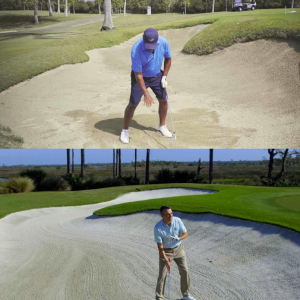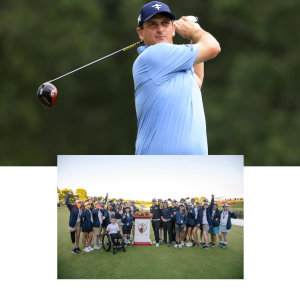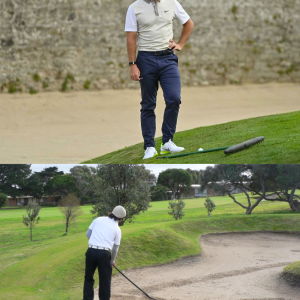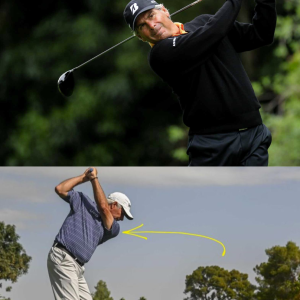If there’s one place every golfer needs to make putts from, it’s inside three feet. There’s a reason why pros make more than 99 percent of them; these should be nearly gimmes.
But ask most amateur golfers where they face the most anxiety on the putting surface and there’s a good chance they’d (hesitantly) admit that it’s within this short distance. So what gives?
Whether it’s lack of focus, poor green-reading, rushing, or just mis-hitting, 3-foot putts give average Joes like you and I fits. But in order to shave strokes off the scorecard, it’s imperative to dial it in from this distance.
Try this calibration drill for more success on 3-foot putts
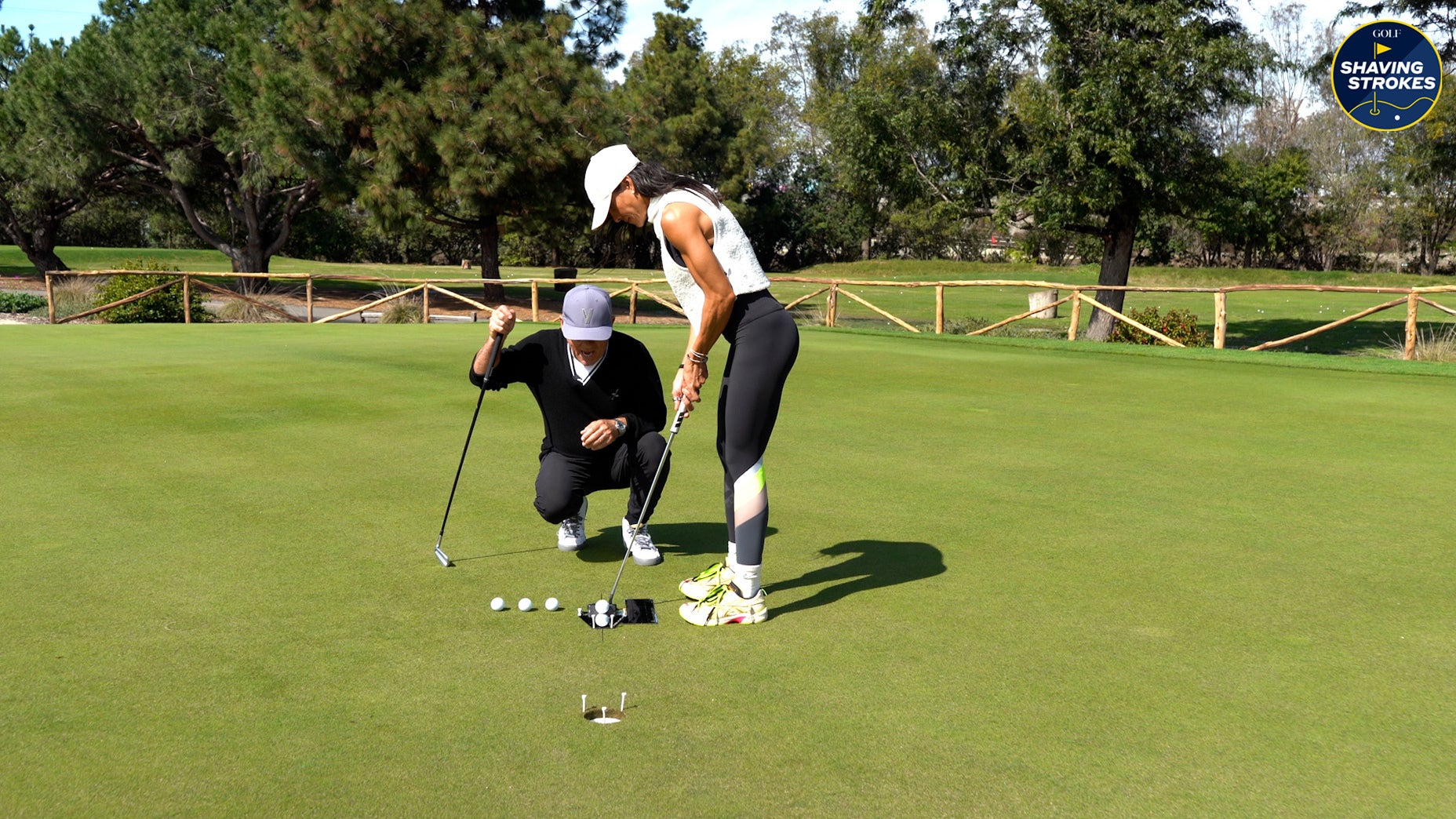
Here’s a sad admission: I’m very much a chronic three-putter. It hurts me the most at the end of a round when I kick myself after seeing so many unnecessary strokes pile up. But when you can’t make 3-foot putts to save strokes, it’ll be the difference between shooting low-80s compared to high-80s.
During a recent visit with GOLF Top 100 Teacher Jamie Mulligan, I mentioned my putting woes. As he worked with former LPGA player Veronica Felibert, Mulligan walked me through a calibration drill that can help — and the video above can show you how it works.
“The first thing we do is take [three] tees that are squared off against the front of the hole, which should be on a parallel line that’s bisecting the target line perfectly,” Mulligan explains. The video below shows how the drill is organized.

In addition to the tees in the ground, Mulligan has Felibert use a putting mirror — a top training aid for plenty of Tour players — to help line up the putt. He also creates a tee gate coming off the mirror for the ball to roll through, as well as a Sharpie line to further highlight the start line.
The key to this drill is aligning everything in unison on three-foot putts, making sure you build a consistent setup and stroke. By doing so — and by practicing this setup over and over — it’ll feel natural during your next round.
“We’re trying to get our players to perpendicularly bisect the target line, having their eye-line, shoulders, arms, hands, and feet perfectly square over the ball,” Mulligan says. “When players calibrate like this everyday, [you can have more success] when you get out on the golf course and have breaks or different putt lengths.”
As Felibert sets up to a three-foot putt, Mulligan kneels behind her to make sure all of her key positions are lined up the way they should be.
“The line of her putter is right on the line of the [putting plates where the ball sits], the Sharpie line is pointing right at the hole, all of her [body] lines are perfectly square, and her eye-line is looking right down at the ball,” he says.


